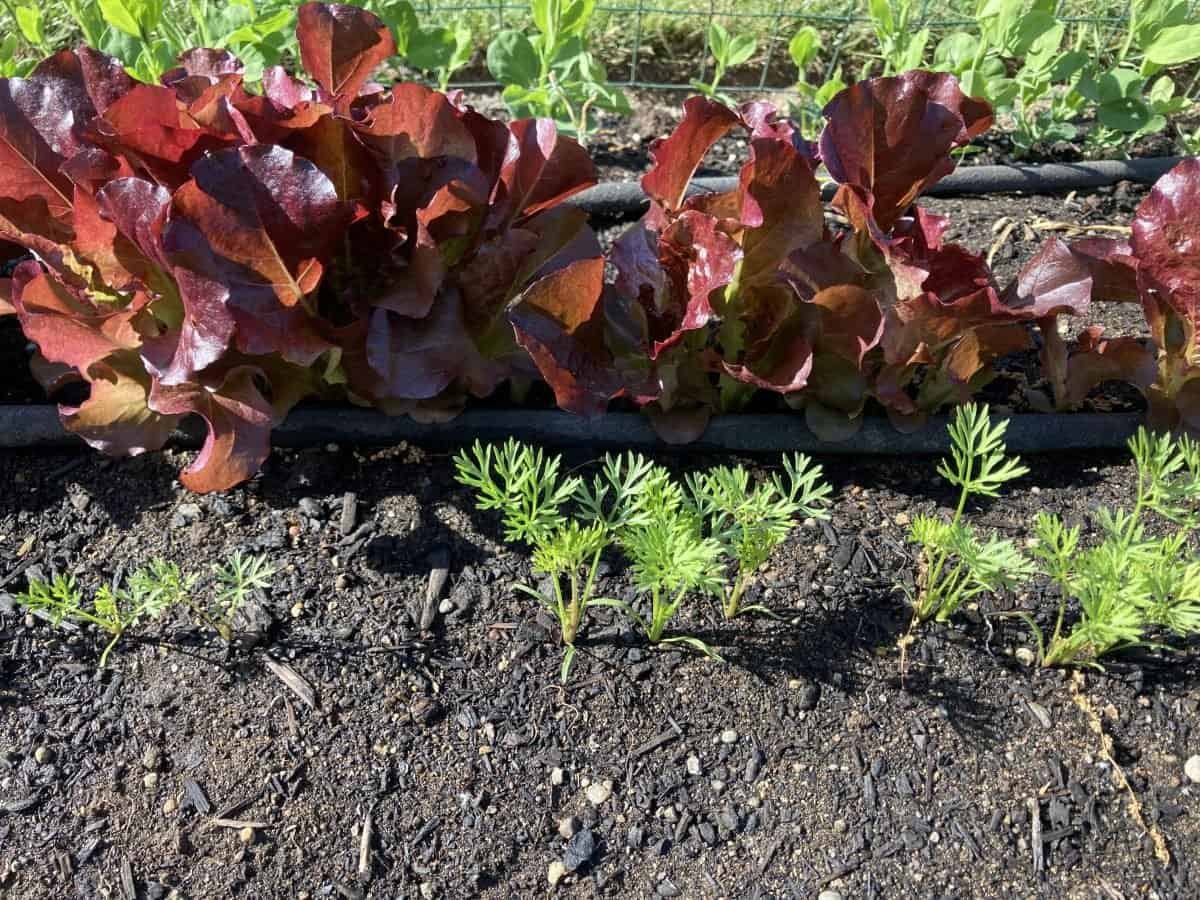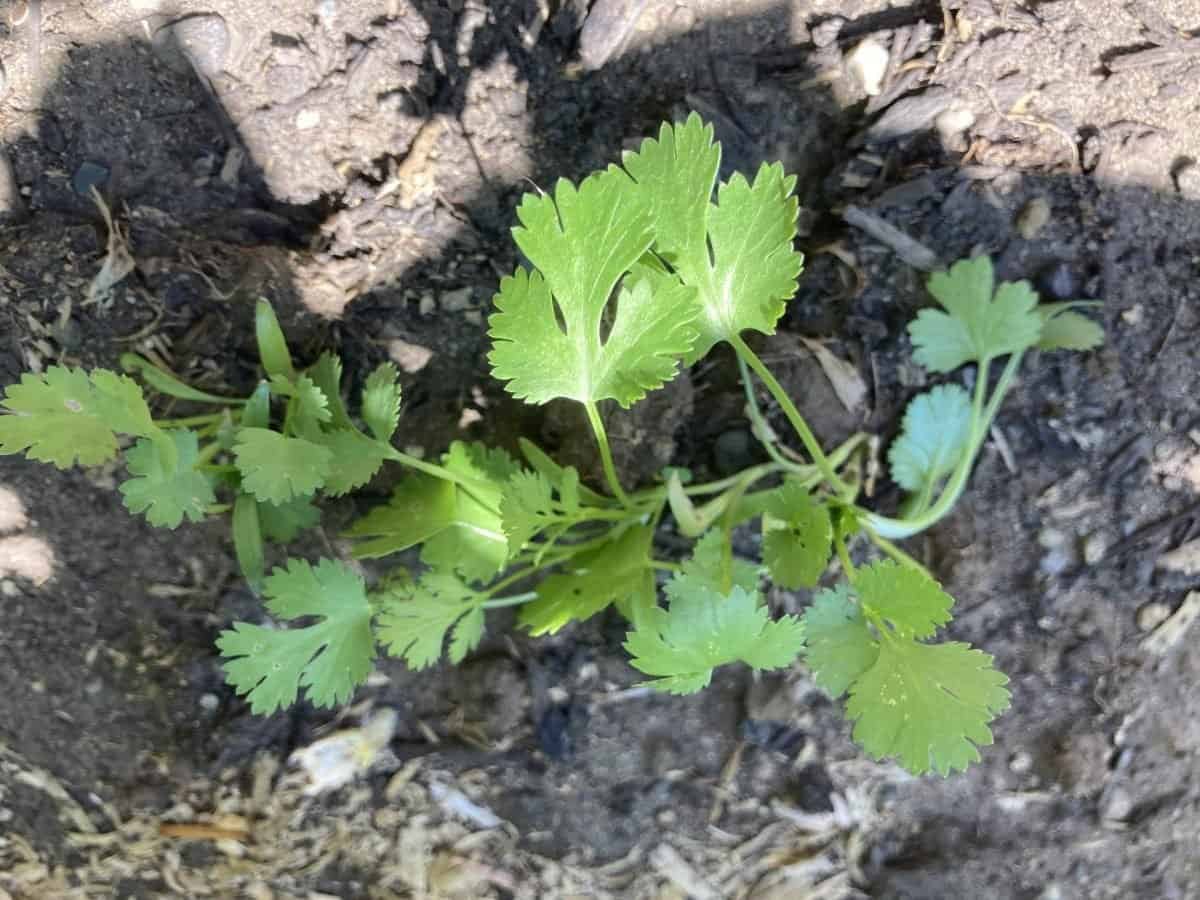Marigold Flowers: A Comprehensive Guide

Marigold flowers are not only great summer flowers to grow in pots and planters but are great to be used in flower gardens and vegetable gardens as companion plants.
I will explain in this post how to grow the best marigolds in your garden as a companion plant.
Marigold flowers are a popular choice among gardeners and florists alike. With their bright colors and easy-to-grow nature, it’s no wonder they have become a staple in many gardens and arrangements. Marigolds come in a variety of colors, including yellow, orange, and red, and can be found in both single and double-petaled varieties.
They also come in a variety of sizes from tiny flowers to large tall Marigolds and everything in between.

Aside from their aesthetic appeal, marigolds have a rich history of medicinal and cultural significance. In many cultures, marigolds are associated with celebrations and are often used in religious ceremonies.
Additionally, marigold extracts have been used for centuries to treat a variety of ailments, including digestive issues and skin irritations. In recent years, marigold extracts have also been studied for their potential anti-inflammatory and anti-cancer properties.
Marigolds are used as companion plants to many vegetables that you plant in your garden.
Origins and History
Marigold flowers have a rich history and are believed to have originated in the Mediterranean region. They are a part of the Asteraceae family and are known for their vibrant colors and strong fragrance. The flowers have been used for medicinal, culinary, and ornamental purposes for centuries.
Geographical Distribution
Marigolds are now grown all over the world, but they are native to the Mediterranean region. They can also be found in other parts of Europe, Asia, and Africa. In the Americas, they were introduced by the Spanish and Portuguese colonizers in the 16th century and have since been widely cultivated.
Cultural Significance
Marigolds have been used for various cultural and religious ceremonies throughout history. In Hinduism, marigolds are believed to be a symbol of good fortune and are used in many rituals and festivals. In Mexico, marigolds are used during the Day of the Dead celebrations as they are believed to help guide the spirits of the deceased back to the world of the living. The flowers are also used in many other cultural celebrations and traditions around the world.
In addition to their cultural significance, marigolds have been used for their medicinal properties. They are believed to have anti-inflammatory and antiseptic properties and have been used to treat various ailments such as skin irritations, digestive issues, and even toothaches.
Overall, marigold flowers have a long and fascinating history. They have been used for various purposes and have played an important role in many cultures around the world.
Types of Marigolds

French Marigolds
French marigolds (Tagetes patula) are a popular type of marigold flower, known for their compact size and vibrant colors. They typically grow to be around 6-12 inches tall and are often used in borders, containers, and as edging plants. French marigolds are also known for their strong scent, which is often used to deter pests in gardens.
French marigolds come in a wide range of colors, including yellow, orange, red, and bi-colors. They also come in different shapes, such as single, double, and pompon.
African Marigolds
African marigolds (Tagetes erecta) are another popular type of marigold flower, known for their large, showy blooms. They can grow up to 3 feet tall and are often used in cut flower arrangements. African marigolds come in a range of colors, including yellow, orange, and red.
African marigolds are also known for their ability to repel pests, such as nematodes and whiteflies, making them a popular choice for vegetable gardens.
Signet Marigolds
Signet marigolds (Tagetes tenuifolia) are a smaller, more delicate type of marigold flower. They typically grow to be around 6-10 inches tall and are often used in borders and containers. Signet marigolds have small, dainty leaves and flowers, and come in a range of colors, including yellow, orange, and red.
Signet marigolds are also known for their edible flowers, which have a slightly spicy, citrus-like flavor. They are often used as a garnish in salads and other dishes.
Overall, there are many different types of marigold flowers to choose from, each with its own unique characteristics and uses. Whether you’re looking for a compact border plant or a showy cut flower, there’s a marigold variety that’s right for you.
Growing Marigolds
Planting
Marigolds are easy to grow and can be planted in almost any soil type. They prefer full sun and well-drained soil. When planting, space the seeds or seedlings 6-18 inches apart, depending on the variety. Marigolds can be started indoors 6-8 weeks before the last frost or sown directly into the ground after the danger of frost has passed.
Watering and Fertilizing
Marigolds require regular watering, especially during hot, dry weather. Water the plants deeply once a week, and more often during periods of drought. Overwatering can lead to root rot, so be sure to allow the soil to dry out between waterings. Fertilize the plants with a balanced fertilizer once a month to encourage healthy growth and blooms.
Pest and Disease Control
Marigolds are generally resistant to pests and diseases, but they can still be affected by aphids, spider mites, and whiteflies. To control these pests, spray the plants with a mixture of water and dish soap or use insecticidal soap. Marigolds can also be affected by fungal diseases such as powdery mildew and rust. To prevent these diseases, avoid overhead watering and provide good air circulation around the plants.
If you plant in a shaded area they may be susceptible to mildew.
Overall, growing marigolds is a great way to add color and beauty to your garden. With a little care and attention, these hardy plants will reward you with bright blooms all season long.
Uses of Marigolds
Ornamental Uses
Marigolds are popular ornamental plants that are used to decorate gardens, patios, and balconies. They are easy to grow and require minimal maintenance. Marigolds come in a variety of colors, including yellow, orange, and red, and they bloom throughout the summer and fall. Marigolds are often used as border plants, bedding plants, and container plants. They are also used in floral arrangements and as cut flowers.
Medicinal Uses
Marigolds have been used for centuries for their medicinal properties. They contain compounds that have anti-inflammatory, antifungal, and antibacterial properties. Marigold extracts are used in the treatment of a variety of skin conditions, including eczema, acne, and psoriasis. They are also used to treat minor wounds, cuts, and burns. Marigold tea is believed to have a calming effect and is used to treat anxiety and insomnia.
Culinary Uses
Marigolds are also used in cooking. The petals of the flowers are used to add color and flavor to salads, soups, and stews. They can also be used to make tea and to flavor butter. Marigold petals are often used in Indian and Mexican cuisine. Marigold leaves and stems are also edible and are used in salads and stir-fries.
In conclusion, marigolds are versatile plants that have a wide range of uses. They are not only beautiful but also have medicinal and culinary properties. Marigolds are easy to grow and are a great addition to any garden or kitchen.
Conclusion
In conclusion, marigold flowers are a popular choice among gardeners and flower enthusiasts for their bright colors, easy maintenance, and various uses. They are commonly used for decorative purposes, as well as for medicinal and culinary purposes.
Marigolds are known for their ability to repel pests and insects, making them a great addition to any garden. They are also used in traditional medicine to treat various ailments, such as skin irritation, inflammation, and digestive issues.
Overall, marigold flowers are versatile and beneficial plants that can be enjoyed in many different ways. Whether you are looking to add some color to your garden, repel pests, or use them for their medicinal properties, marigolds are a great choice. With their bright and cheerful blooms, marigold flowers are sure to bring joy and beauty to any setting.




